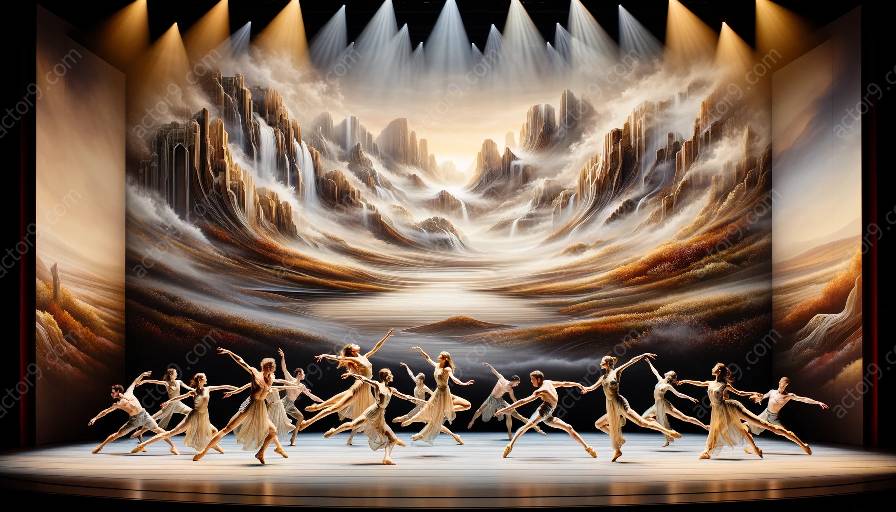In the world of performance art, physical theatre choreography and traditional dance choreography encompass distinct elements of movement, narrative, and expression. This topic cluster delves into the unique characteristics that set physical theatre choreography apart from its traditional dance counterpart, highlighting the creative and expressive differences associated with each form.
Understanding Physical Theatre Choreography
Physical theatre integrates various aspects of movement, mime, and expression to convey emotions and tell a story. It often combines elements of dance, acrobatics, and theatrical techniques to create a multi-dimensional performance experience. Physical theatre choreography is distinguished by its focus on conveying a narrative through non-verbal means, embracing a more abstract and interpretive approach to storytelling.
Distinguishing Physical Theatre Choreography from Traditional Dance Choreography
While traditional dance choreography emphasizes technical prowess and specific movement vocabulary, physical theatre choreography often places a stronger emphasis on embodying characters, emotions, and themes through exaggerated and dynamic movement. Physical theatre choreography encourages performers to connect deeply with their characters and surroundings, fostering a sense of vulnerability and unpredictability in their expressions.
The Role of Movement in Physical Theatre Choreography
Unlike traditional dance choreography, which adheres to established forms and techniques, physical theatre choreography prioritizes inventive and unconventional movements that aim to convey a vivid narrative. This form of choreography often incorporates elements of improvisation, allowing performers to explore the physical language of their characters and environments in a more fluid and organic manner.
Artistic Expression and Narrative in Physical Theatre Choreography
In physical theatre choreography, the cultivation of characters, emotions, and plotlines is intricately interwoven with movement, making every gesture an integral part of the storytelling process. Traditional dance choreography, on the other hand, often focuses more on technical skill and precise execution of predetermined movements, separating narrative from movement in a more structured manner.
Conclusion
Ultimately, physical theatre choreography and traditional dance choreography offer distinctive approaches to movement and storytelling. While traditional dance choreography excels in showcasing technical mastery and adherence to established forms, physical theatre choreography thrives in its ability to convey narrative depth, emotional resonance, and unconventional movement expressions.




































